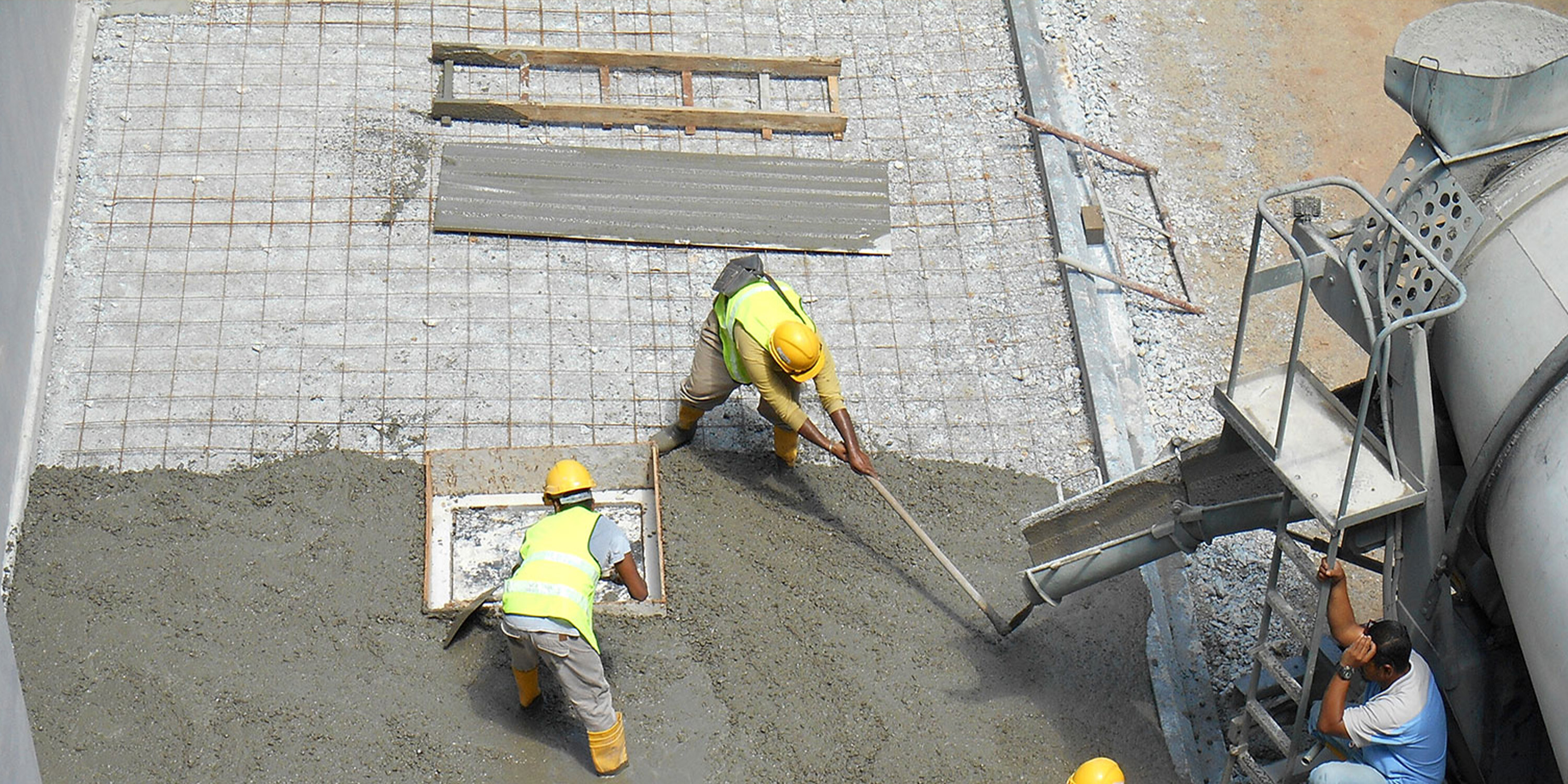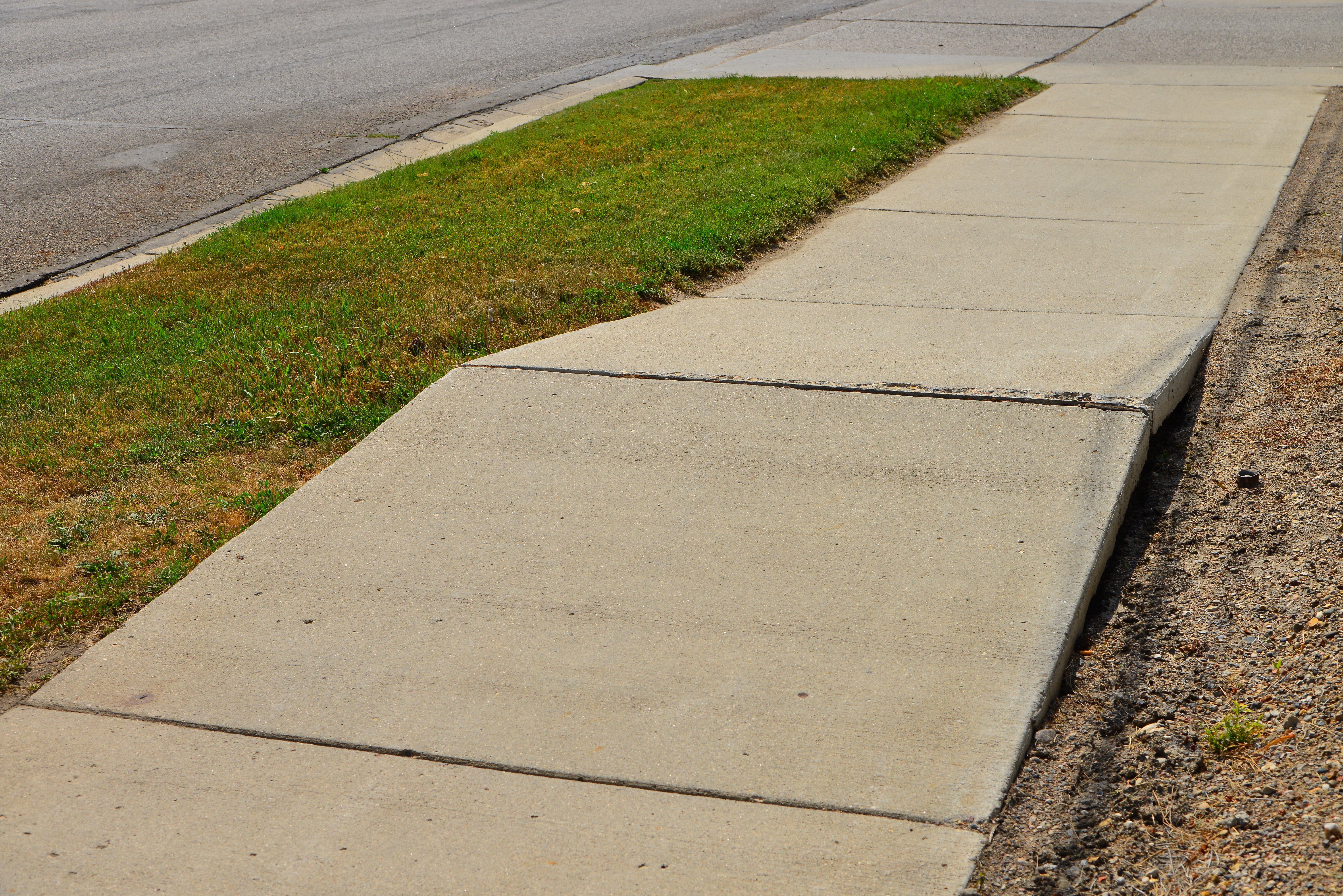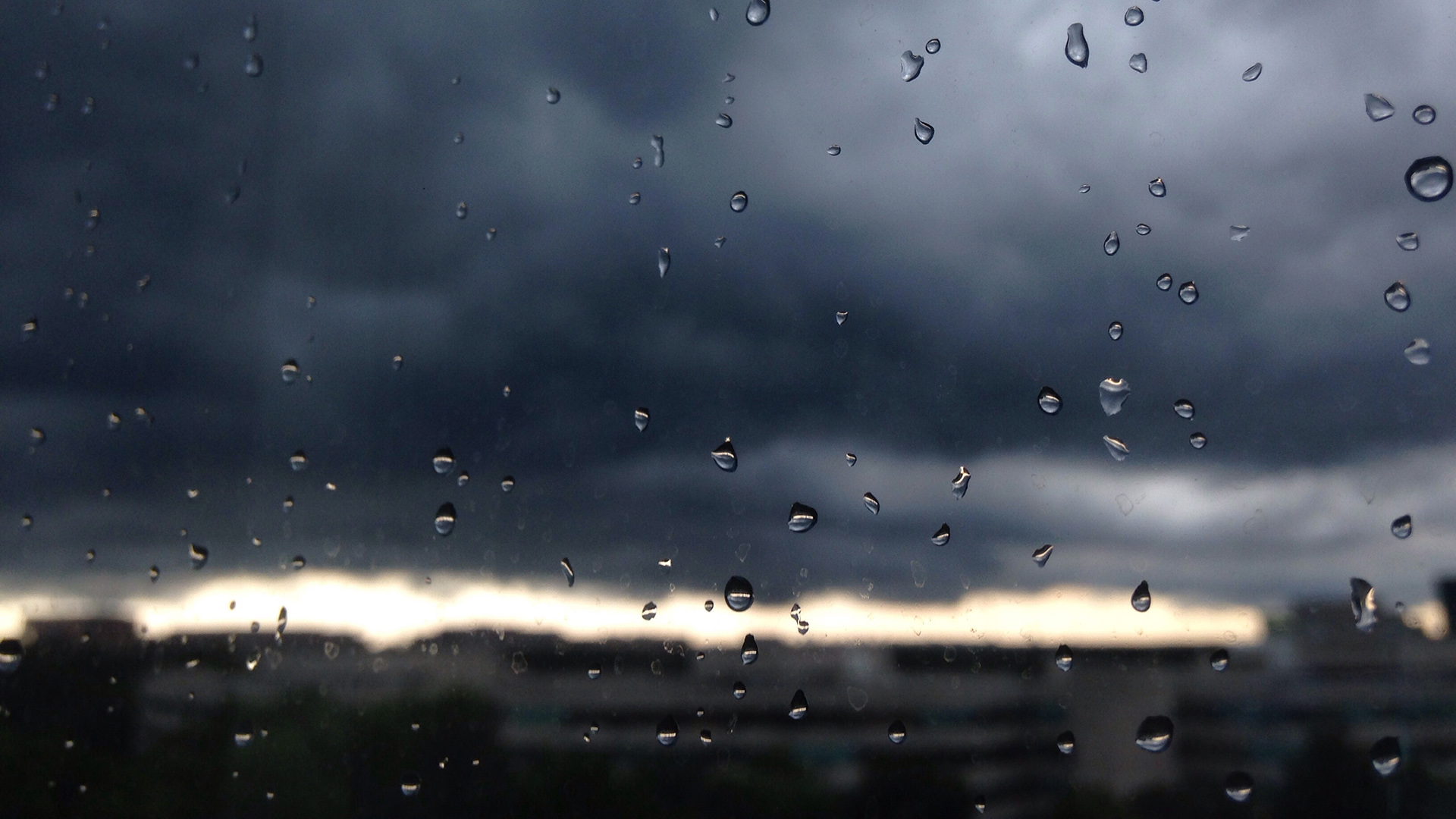Safety | August 22, 2024
How Your Pavement Can Reduce Trip, Fall, & Slip Claims
This is the third and final installment in a series of pavement-related pieces that can keep Facilities Management on top of seasonal concerns with asphalt and concrete.
While building owners and operators regularly evaluate various weak points across their facilities, one significant area of concern extends beyond the physical structure: legal liabilities. Although claims against facilities managers for improperly maintained or potentially hazardous structures are not new, their implications can be substantial and require careful attention in your risk management strategy.
In particular, trip, slip, and fall claims are especially ever-present and are among the most common liabilities facilities managers may face. However, they also can be proactively addressed with a regular, well-rounded quality assessment program.
This post will address the current state of trip, fall, and slip claims and what building owners and operators can do to minimize them.
What does trip, fall, and slip liability mean for building owners and operators managing their pavement?
Trip, fall, and slip liability refers to the legal responsibility that building owners and operators must ensure their premises, including pavements, are safe for visitors. If someone is injured due to hazardous conditions, the property owner can be liable for negligence. Owners and operators must regularly inspect and maintain their pavements to prevent accidents. Failure to do so can result in legal action and financial penalties.
Some common on-site factors that can lead to an increased load of trip, slip, and fall claims include:
- Uneven Surfaces: Uneven curbs, damaged curbstones, and protruding tree roots can create tripping hazards.
- Surface Conditions: Raised, loosened, or uneven paving slabs and poorly maintained footpaths can cause individuals to trip.
- Visibility Issues: Inadequate illumination of walkways can lead to trips and falls, especially if there are height differences in sidewalks or steps.
- Obstructions: Damaged street signs, posts, or other obstructions can be tripping hazards.

What are the real-world implications of trip, fall, and slip liabilities?
In 2023, trip, slip, and fall incidents continued to be a significant concern for commercial and industrial facilities. According to the U.S. Bureau of Labor Statistics (BLS), slips, trips, and falls resulted in 450,540 work injuries and 865 work-related deaths. These incidents accounted for about 15% of workers’ compensation claims.
The Occupational Safety and Health Administration (OSHA) collected detailed injury and illness data from over 375,000 establishments, which included individual injuries and illnesses for employers with 100 or more employees in select high-hazard industries. This comprehensive data collection helps identify unsafe conditions and workplace hazards that may cause occupational injuries and illnesses.
Property owners can face substantial financial costs from lawsuits, medical expenses, and increased insurance premiums.
How can building owners and operators optimize their pavement to reduce trip, fall, and slip claims?
To optimize pavement and reduce trip, fall, and slip claims, building owners and operators should consider a multi-faceted approach that includes:
- Regular Inspections and Maintenance: Conduct thorough inspections to identify and repair hazards such as potholes, cracks, and uneven surfaces. Establish a maintenance schedule that prioritizes immediate action on identified issues.
- Safety Signage: Install clear and visible signage to alert to potential risks, including wet floors or uneven walkways, enhancing overall safety.
- Lighting Upgrades: Upgrade lighting systems to ensure all areas are well-lit, preventing accidents caused by poor visibility.
- Employee Training: Implement regular training sessions for staff to maintain vigilance and proper reporting of safety hazards.
- Regular Safety Audits: Schedule safety audits to ensure ongoing compliance with safety standards and identify new risks promptly.
- Feedback Mechanism: Create a feedback mechanism that encourages reporting of potential hazards and contributes to safety discussions.
- ADA Compliance: Incorporate design elements that meet ADA requirements, such as proper lighting, clear signage, and slip-resistant surfaces.
- Seasonal Safety Measures: Proactively address seasonal changes, such as using appropriate de-icing methods during winter to manage ice and snow.
- Effective Drainage: Ensure proper drainage systems are in place to prevent water accumulation and reduce slip risks.
This comprehensive approach protects individuals from harm and the business from legal and financial consequences.
Consult the Experts
Don’t get overwhelmed by your potential trip, slip, and fall liabilities. Instituting a risk management program can significantly curb your facility’s pitfalls.
Whether your strategy relies on regular site assessments or requires significant remediation projects, contact a pavement expert like Mantis Innovation. Our site quality and project management experts are well-equipped to help you audit your facilities and develop a best-fit-for-you strategy to address your liabilities.
Check out our other timely posts to help guide your summer pavement management program and other building performance topics on our blog.
Related Posts
Discover more content and insights from Mantis Innovation

Concrete Curing 101: Understanding a Critical Step in Your Pavement Projects
This is the second in a series of pavement-related pieces that can keep Facilities Management on top of seasonal concerns with asphalt and concrete. While building owners and operators are

The Heat is On: Strategies for Concrete Pavement Longevity Amid Extreme Weather
This is the first in a series of pavement-related pieces that can keep Facilities Management on top of seasonal concerns with asphalt and concrete. For many building owners and operators, pavement

Maximizing Energy Efficiency: A Blueprint for Reducing Energy Usage
For organizations, optimizing energy usage brings an array of benefits, from reducing operational costs to having a positive impact along your sustainability journey. Mantis Innovation understands

Roof Tips for Severe Weather Season: Before & After
As an independent roofing consultant specializing in planning and managing roofing construction projects for commercial building owners and operators, I cannot stress enough the importance of